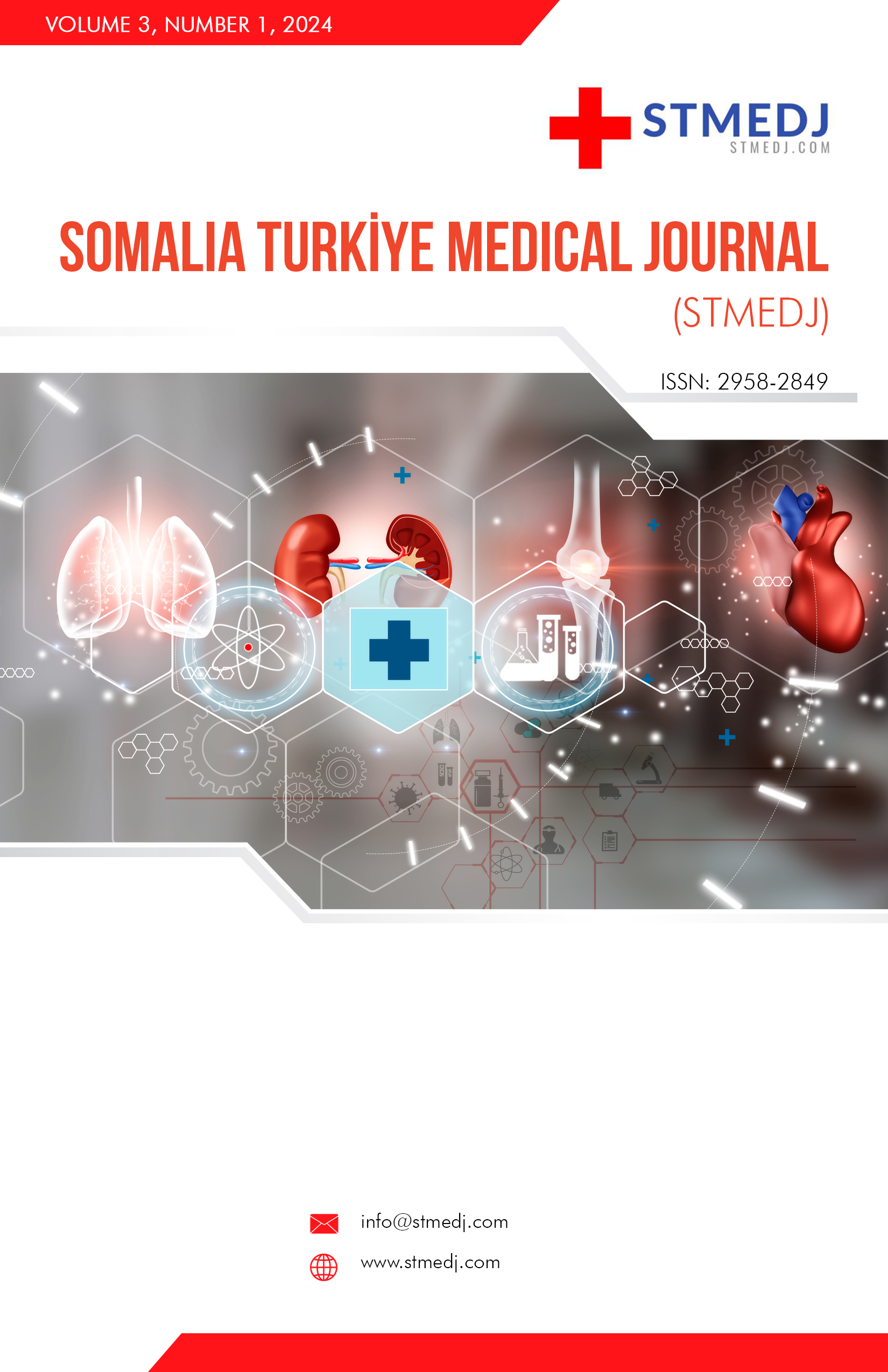Isolated Tubercular Epididymitis: A 10-Year Series
DOI:
https://doi.org/10.58322/stmj.v3i1.36Keywords:
Genitourinary tuberculosis, epididymis, tuberculosis, anti-tubercular drugsAbstract
Introduction: Genitourinary tuberculosis (TB) is considered a common form of extrapulmonary TB, being second only to lymph node tuberculosis, which is the most common site. Isolated TB of the epididymis is rare, and diagnosis of epididymal TB can be challenging. In this study, we report our series of isolated TB of the epididymis.
Materials & Methods: We retrospectively collected the outpatient and inpatient records of histologically confirmed epididymal tuberculosis. Data including age, clinical presentation, examination findings, and diagnostic tests were reviewed and analyzed.
Results: A total of 56 patients were diagnosed to have isolated tuberculosis of the epididymis during the 10-year study period. The mean age was 33 years. The clinical presentation included a hard nodule in the epididymis (100%), hydrocele in 16 (28.5%), posterior scrotal sinus in 6 (10.7%), and sensitivity in 14 (25%) and fever in 3 (5.3%). Four (7.1%) patients had bilateral epididymal nodules, 30 (53.5%) had left-sided, and 22 (39.2%) had right-sided involvement. Scrotal exploration and epididymal biopsy were performed in 16 (28.5%), and unilateral epididymectomy was performed in 40 (71.4%). The histopathological examination revealed a typical tubercular granuloma in all these patients. All patients were put on anti-TB drugs.
Conclusions: Isolated TB of the epididymis is a rare disease. Treatment with anti-TB drugs remains the first-line intervention in all cases. Surgery is indicated in cases of failure of pharmacological treatment or the development of complications.

Downloads
Published
How to Cite
Issue
Section
License
Copyright (c) 2024 Somalia Turkiye Medical Journal (STMJ)

This work is licensed under a Creative Commons Attribution-NonCommercial-NoDerivatives 4.0 International License.

